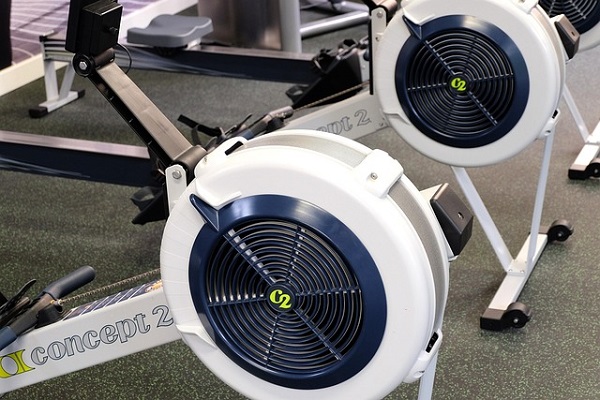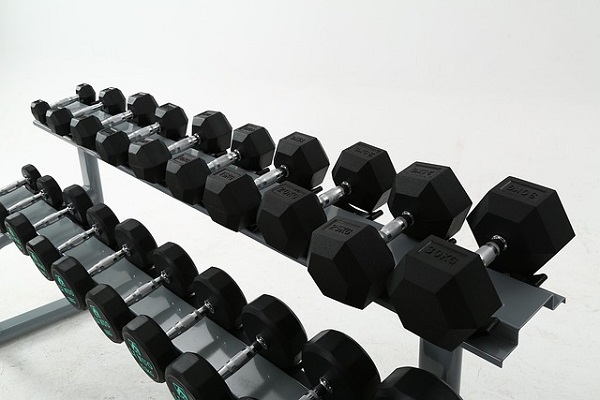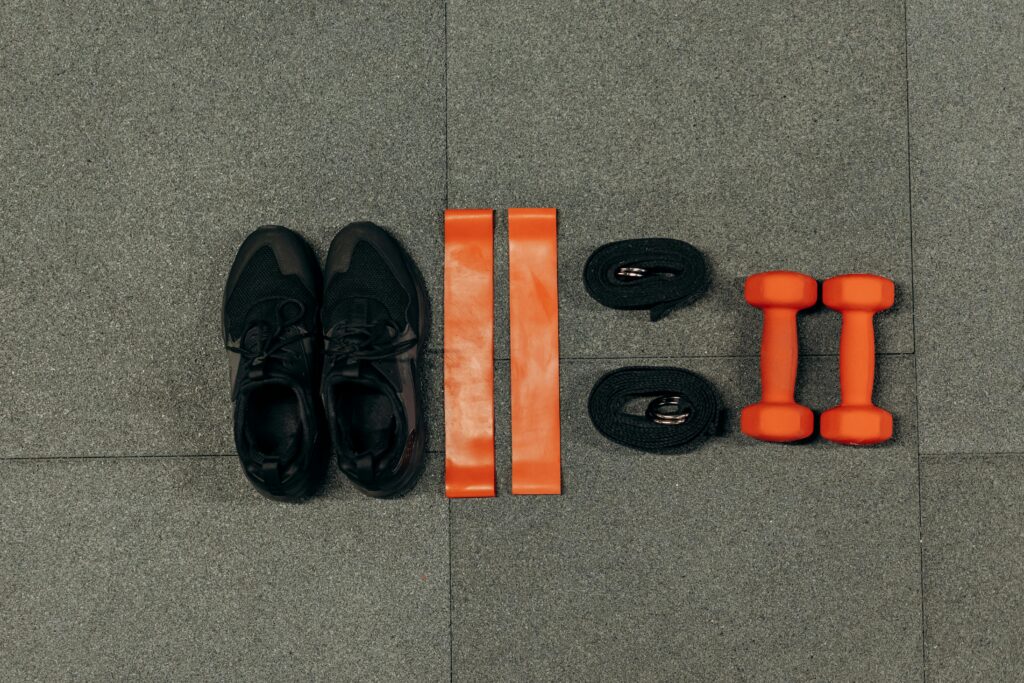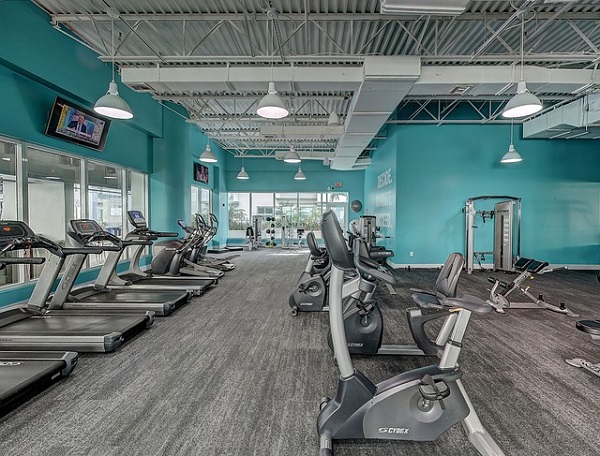Fitness Gadgets and Tools:

Fitness Equipment is an essential part of maintaining a healthy lifestyle, and to achieve your fitness goals, the right Fitness equipment can make a huge difference. Whether you’re building strength, improving endurance, or enhancing flexibility, there is a wide variety of fitness equipment available to support your training.
Understanding the different types of equipment can help you make informed decisions, whether you’re setting up a home gym or preparing for a professional workout session.
This article will explore the various types of fitness equipment, including those designed for cardio, strength training, flexibility, and overall wellness. Each type of equipment serves a specific purpose, and it’s important to choose the right tools for your personal Fitness Equipment goals.
1. Cardiovascular Equipment
Fitness Equipment Cardiovascular exercises are vital for improving heart health, burning calories, and enhancing endurance. Cardio equipment is designed to elevate the heart rate and keep it there for an extended period. These are a few of the most widely used cardiovascular equipment categories
Treadmills
Treadmills are one of the most common pieces of cardio equipment found in gyms and home fitness spaces. They simulate walking, jogging, or running indoors and offer users a variety of features such as adjustable speed and incline settings.
Treadmills are an excellent way to improve cardiovascular health and are particularly useful for those looking to get a good workout without putting excessive strain on the joints.
Some advanced models include built-in workout programs, heart rate monitors, and interactive screens that make the exercise more engaging. Additionally, they offer the convenience of indoor workouts regardless of weather conditions.
Elliptical Trainers
Elliptical machines are a low-impact alternative to treadmills. They simulate the motion of running or walking, but with less stress on the knees, hips, and lower back. The handlebars on most ellipticals allow for a full-body workout, as both the arms and legs work together to propel the machine. This makes the elliptical a great option for people with joint issues or those recovering from injury.
Elliptical trainers also typically come with adjustable resistance levels, allowing users to increase the difficulty and intensity of their workouts over time.
Stationary Bicycles
Cycling is an excellent cardiovascular workout, and stationary bikes offer a similar benefit indoors. There are two main types of stationary bicycles: upright bikes and recumbent bikes.
- Upright bikes offer a strenuous exercise for the legs and core by simulating the motion of conventional outdoor cycling.. They are suitable for those who want to improve leg strength and endurance.
- Recumbent bikes have a more relaxed seating position, with a backrest for support. They are ideal for individuals with back or joint issues as they provide a more comfortable experience while still offering a great cardiovascular workout.
Many modern stationary bikes come with interactive screens and performance tracking features to keep workouts engaging and track progress over time.
Rowing Machines
Rowing machines offer a full-body workout by engaging both the upper and lower body simultaneously. These machines mimic the motion of rowing a boat, targeting the arms, shoulders, back, legs, and core. Rowing provides an excellent cardiovascular workout while also building strength and improving flexibility.
The resistance on rowing machines is adjustable, allowing users to vary the intensity of their workout. Rowing machines are great for those who want to combine endurance training with strength-building exercises.
Stair Climbers
Stair climbers or stair machines simulate the motion of climbing stairs, which is a great way to tone the lower body while getting your heart rate up. These machines are ideal for those looking to build endurance in the legs, especially the calves, quads, and glutes. Like treadmills and ellipticals, stair climbers often have adjustable intensity levels, enabling users to customize their workouts based on their fitness levels.
2. Strength Training Fitness Equipment
An integral component of any fitness program is strength training.. Whether you’re building muscle mass, toning, or increasing functional strength, the right equipment is crucial. Strength training equipment can range from free weights to machines that guide your movements.
Free Weights
Free weights include dumbbells, barbells, and kettlebells. They are adaptable equipment that may be utilized for a variety of strength training activities. Dumbbells are perfect for isolating muscle groups and are available in various weights to suit all fitness levels.
For harder movements like squats, deadlifts, and bench presses, barbells are typically utilized. Kettlebells, with their unique shape, are excellent for functional training, including swings, squats, and presses.
Free weights have the advantage of having a wider range of motion than machines, which frequently have fixed trajectories. They engage stabilizing muscles, helping improve overall coordination and muscle balance.
Resistance Bands
Elastic bands known as resistance bands offer resistance when performing activities. They come in a variety of strengths and lengths and can be used to target almost every muscle group. Resistance bands are lightweight, portable, and cost-effective, making them a great addition to any home gym.
They are particularly effective for rehabilitation exercises, stretching, and bodyweight training, providing a way to enhance bodyweight exercises like squats and lunges with added resistance.
Weight Machines
Weight machines guide the user through a fixed range of motion, allowing for safer, more controlled movements. These machines are often used in gyms and are particularly useful for beginners, as they reduce the risk of injury due to improper form. Common examples of weight machines include the leg press, lat pull-down, chest press, and cable machines Fitness Equipment.
Some machines use adjustable weights, while others use pneumatic or hydraulic systems to provide resistance. Weight machines are an effective way to target specific muscle groups and are often used in circuit training.
Smith Machines
One kind of weight machine that uses a barbell fastened to vertical rails is called a Smith machine. It is commonly used for exercises like squats, bench presses, and shoulder presses. The fixed path of the barbell can help improve safety, especially for those lifting heavy weights without a spotter.
While Smith machines are often criticized for limiting natural movement patterns, they are still popular in gyms for their convenience and ability to provide extra stability during heavy lifts.
Medicine Balls-Fitness Equipment
Medicine balls are weighted balls used for a variety of strength and conditioning exercises Fitness Equipment. They are ideal for improving explosive power, core strength, and coordination. Medicine balls are versatile and can be used in exercises such as wall balls, slams, and rotational movements. The weight and size of the medicine ball can vary, offering a range of difficulty levels.
3. Flexibility and Mobility Equipment
For general Fitness Equipment and injury prevention, flexibility is essential. Stretching exercises help improve range of motion, reduce muscle tension, and enhance recovery. Several types of fitness equipment are designed to assist with flexibility and mobility.
Foam Rollers
Self-myofascial release, often known as foam rolling, is a method for increasing flexibility and releasing tense muscles. Foam rollers are cylindrical pieces of foam that can be used to roll over muscles, applying pressure to knots and tight spots. Foam rolling can help alleviate soreness, improve blood circulation, and prevent injury.
Stretching Machines-Fitness Equipment

Stretching machines are designed to aid in improving flexibility by guiding the user through a range of stretching exercises. These machines often target specific muscle groups such as the hamstrings, quads, or lower back. Stretching machines can be particularly helpful for those who struggle to stretch effectively on their own or want to enhance their flexibility safely.
Yoga Equipment
Yoga has become a popular practice for improving flexibility, strength, and mindfulness. Essential yoga equipment includes yoga mats, blocks, straps, and bolsters. These items provide support and stability during yoga practice, helping practitioners hold poses more comfortably and effectively. A good-quality yoga mat provides a non-slip surface to perform poses, while yoga blocks and straps can be used to assist in deepening stretches and improving form.
4. Functional Training Equipment
Functional training is all about preparing the body for real-life movements and improving overall fitness. This type of training emphasizes movements that mimic day-to-day activities and help improve balance, coordination, and mobility.
Battle Ropes
Battle ropes are large, heavy ropes used for dynamic exercises that target endurance, strength, and conditioning. Users wave, slam, and whip the ropes, engaging multiple muscle groups. Battle ropes are great for building upper body strength, especially in the arms, shoulders, and core. They are often used in high-intensity interval training (HIIT) workouts for maximum calorie burn.
Plyometric Boxes
Plyometric boxes are sturdy platforms used for jump training, such as box jumps. These exercises improve lower body power, agility, and coordination. Plyometric training is particularly beneficial for athletes and anyone looking to improve explosive movements.
Suspension Trainers Fitness Equipment

Suspension trainers, such as TRX, are used for bodyweight exercises that leverage gravity and the user’s body weight. These devices use adjustable straps that allow users to perform a wide variety of exercises, including push-ups, rows, lunges, and planks. Suspension training is an effective way to build strength, improve balance, and increase core stability.
Conclusion
Fitness equipment plays a vital role in helping individuals reach their personal Fitness Equipment goals. Whether your focus is on cardiovascular health, strength training, flexibility, or overall functionality, the right equipment can help optimize your workouts and improve performance. From high-tech machines to simple tools like resistance bands, there is a wide array of fitness equipment available for all types of training.
As you explore the options, it’s essential to consider your Fitness Equipment level, goals, and any potential physical limitations. The key is to choose the equipment that best fits your needs and allows you to enjoy your fitness journey while staying safe and injury-free. Whether you’re working out at home or in the gym, investing in quality equipment will help you achieve lasting results.
FAQ:
Q1.Which fitness equipment trends will be most popular in 2025?
A1: In 2025, fitness equipment is becoming more advanced with integrated technology and personalized experiences. Key trends include smart equipment with built-in AI, virtual reality integration for immersive workouts, and more compact, space-saving designs for home gyms. Wearable fitness trackers continue to evolve, now offering more precise data for health monitoring. Additionally, eco-friendly materials and sustainable production practices are gaining popularity in fitness equipment manufacturing.
Q2: How can I choose the right fitness equipment for home workouts?
A2: To select the right fitness equipment for your home gym, consider your workout goals, available space, and budget. If you’re focused on strength training, free weights or adjustable dumbbells and kettlebells are versatile. For cardio, look for compact options like foldable treadmills, stationary bikes, or rowing machines. It’s also important to choose equipment with features that match your fitness level, such as adjustable resistance or customizable programs. Finally, consider durability and ease of storage for a long-term investment.
Q3: Are smart fitness devices worth the investment in 2025?
A3: Yes, smart fitness devices are a worthwhile investment for those looking to track their progress and optimize their workouts. In 2025, many devices offer real-time feedback, personalized recommendations, and data analysis, helping users improve performance and stay motivated. Smart equipment like treadmills, exercise bikes, and strength training machines can connect to apps, allowing for tracking, goal-setting, and virtual training sessions. For those serious about fitness, the data insights can significantly enhance results.
Q4: What are the benefits of resistance-based fitness equipment over traditional machines?
A4: Resistance-based fitness equipment, such as resistance bands, kettlebells, or suspension trainers, offers several benefits over traditional machines. These include a greater range of motion, functional training, and more versatility for various exercises. Resistance training can help improve strength, flexibility, and stability while engaging multiple muscle groups at once. It’s also more portable, easier to store, and can provide a full-body workout with minimal equipment.
